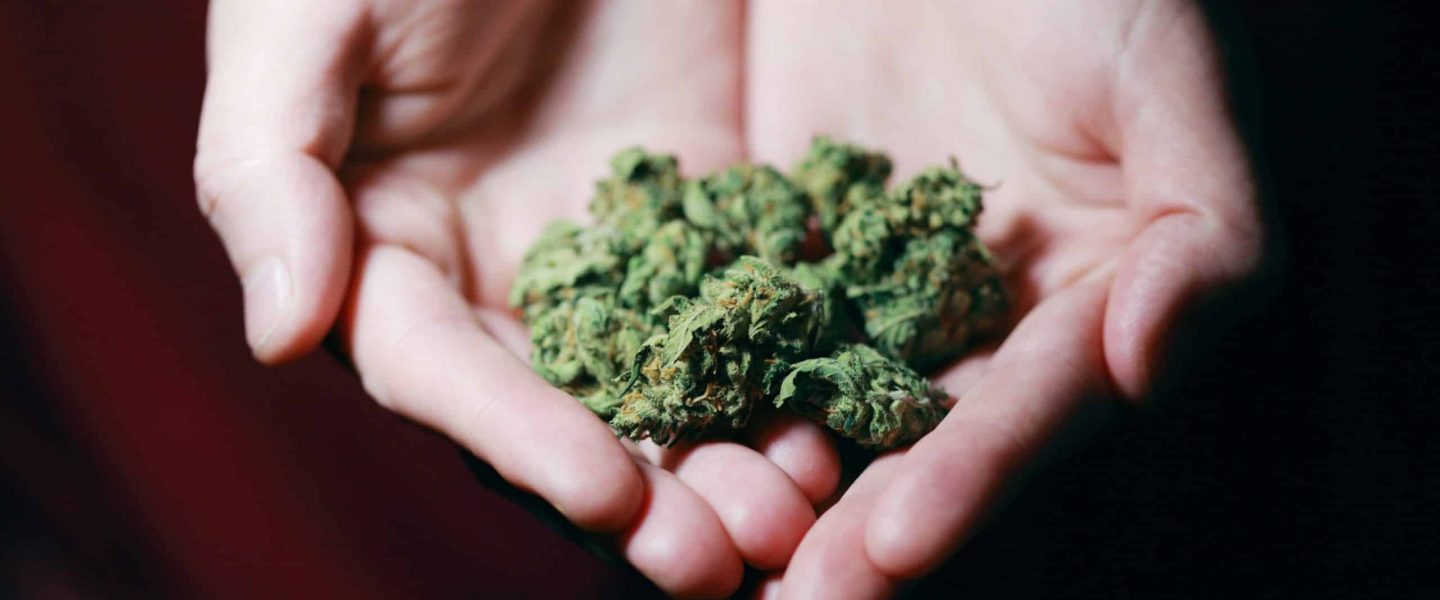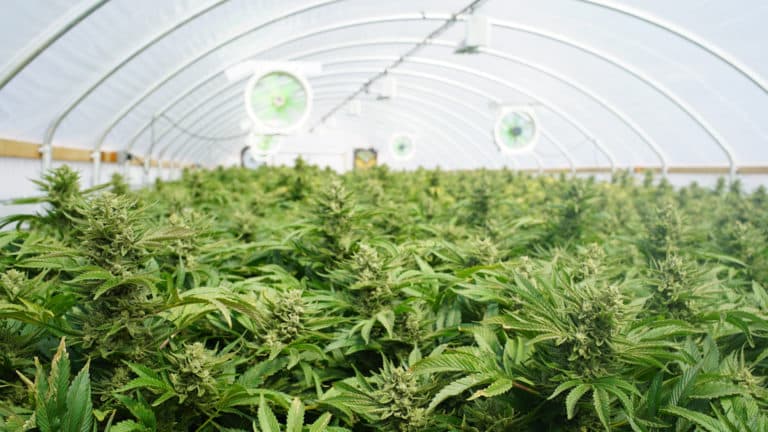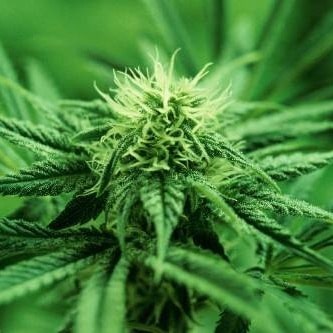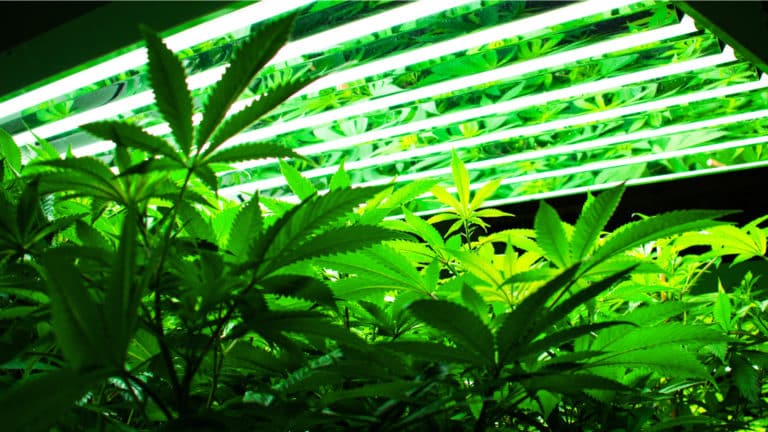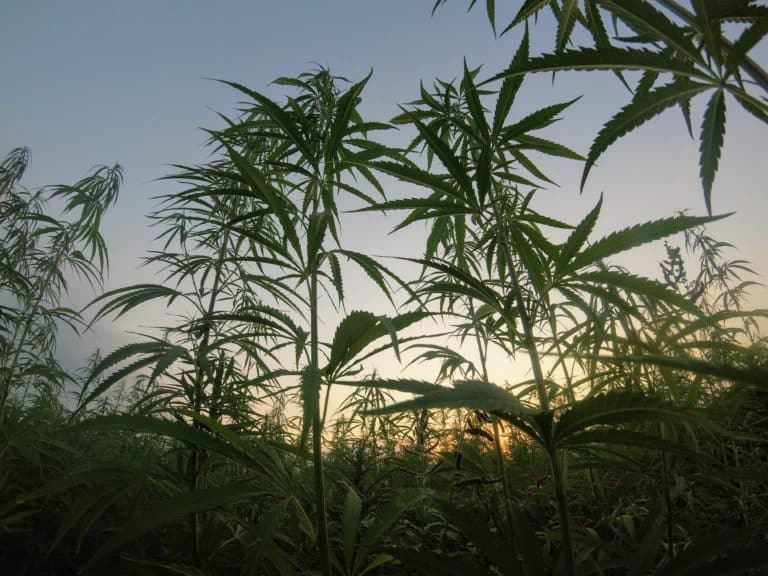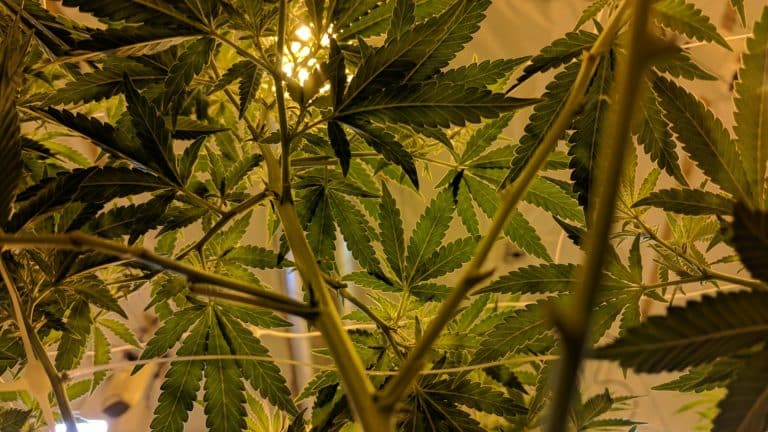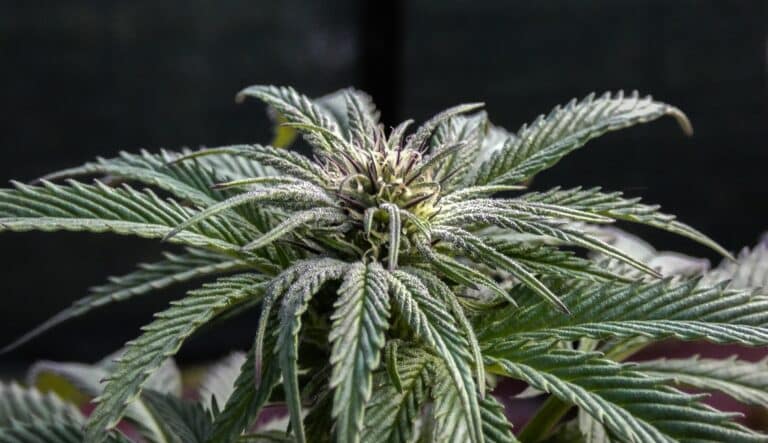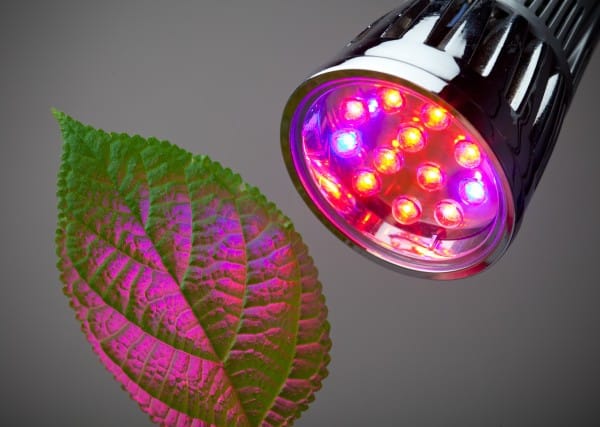
If you are cultivating your plants indoors, you will surely want to know how artificial light impacts your plants.
We’re going to discuss the seven artificial lighting factors that will have an immense impact on your plants as they attempt to thrive in your hydroponics system.
1.TYPE OF GROW LIGHT – Traditionally high-intensity discharge or HID lights were used as artificial lighting for both hydroponics and non-hydroponics setups.
The problem: these lights tend to get very, very hot.
Your grow lights will generate lots of heat, and in order to keep up with the heat being generated by the HID lights, you will have to install proper ventilation in the grow room.
Some years ago, manufacturers began twiddling with LED lights and created high-intensity assemblies with LED lights.
These can still generate immense amounts of heat but less than what one would expect from traditional HID lights.
Still, there had to be a balance of heat and light. Otherwise, your plants would be receiving adequate light, but too much heat too, in the process.
2.POWER REQUIREMENT – Admittedly, not all grow lights in the market are created equal.
Generally speaking, the lower the wattage of the grow light, the less the overall output and the less there is of the light that the plants need.
If you have a grow light that is just ten or twenty watts, you can’t use that for a whole batch of plants measuring an entire frame.
You have to use light with much higher output. Plants that do not receive sufficient lighting will be stunted and are at risk of mass die-off with the slightest addition of negative conditions in the hydroponics system.
3.ASSEMBLY – Grow lights have to be installed directly above the grow trays.
If they are farther away, the output has to be generally higher to deliver the same amount of light power to the plants.
The framing type and the height have to be thought out well to maximize the benefit of your grow lights to your plants.
4.INTENSIFICATION – If you want to improve your yield, you have to increase the amount of light available to your plants.
The current computation is 1:1. One percent addition to the available light to your plants will result in an average of one percent addition to the final harvest of your plants.
This is the importance of light to plants; which is why we have to work hard to approximate the light received when they are outdoors.
Light helps split carbon dioxide to liberate oxygen and helps plants generate food and energy. Light is life for plants.
5.SPACING – This is where things get a little tricky. We use hydroponics systems to save on space, right?
But for the most part, plants need sufficient space in between so the leaves receive sufficient light, too. Adding a few inches between plants can increase the final yield of every batch of crop.
Again, you have to plan this carefully as you would want to maximize the space you have and at the same time, ensure that your plants are getting sufficient light in the process.
6.AMOUNT OF HOURS – The number of daylight hours or the number of hours that your plants receive light is also integral for the computation of yield and the period of maturation of plants.
Take note that light and heat have an influence on the growth rate of plants.
During winter, it may be necessary to install heating to ensure that your plants will approach their summer yield amounts.
Otherwise, you may have to settle for average winter yields, which can be considerably lower. If you want to reduce the time needed for root maturation, you have to increase the amount of daylight or lit hours in your grow room.
7.LIGHT FREQUENCIES – Light has different frequencies, none of which the human eye can spot easily.
Plants, however, are very sensitive to the different types of wavelengths of light, and the tweaking of these light frequencies can be used to create specific effects on plants.
An increase in ultraviolet radiation has been known to shorten internodes on stems. Internodes refer to the intervals of leaves on the stems of plants. Of course, if you are cultivating herbs like basil, you need more leaves. UV light can help you achieve more foliage.
Blue light on the other hand, is recommended if you wish to delay or stunt the natural flowering of your plants. When vegetative growth is a priority over flowering, use more blue light.
Red light is excellent for floral propagation, as the internode distances are increased and you will end up with sturdier and longer stems. If you are cultivating roses and other flowers, red light is definitely for your hydroponics setup.
If you are cultivating plants that need to be regulated when it comes to their flowering, you may use cyclic lighting.
Cyclic lighting tweaks the number of hours of light that plants receive. Depending on the type of plants you have, the cycling would be different. You need to find out what kind of cycling you need to achieve your growing goals.
For examples, some plants will only flower after being exposed to short bursts of strong light.
Longer hours of exposure will delay the flowering and increase the vegetative processes of the plant. Again, you simply have to know what cycle to use for the specific purpose you had in mind.
Your best ally when you’re priming your artificial lighting is your keen observation skills.
If your plants are not thriving your current lighting setup, it’s quite possible that the current artificial lighting is no longer sufficient for your plants.
You either have to add more lights or reduce the number of plants you have in your system and focus your light/s more effectively on a smaller area.
Do this and you will definitely get better results in the long term. Remember the 1:1 ratio too – the more light there is, the better the yields.
Author Bio:Heather Fitzpatrick is someone who enjoys gardening & also teaching others about it. She runsOriginHydroponics.com, a site focused on teaching others how to garden without using soil.

